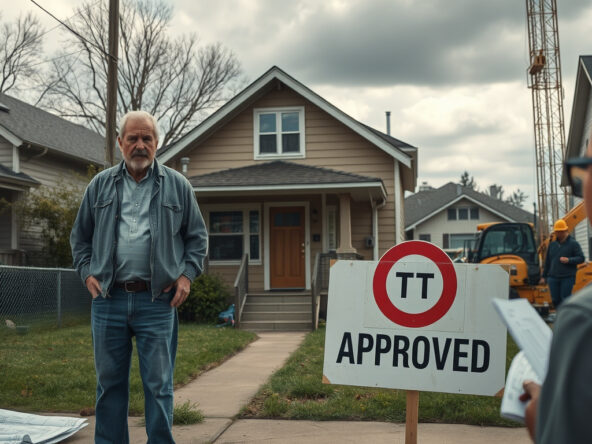Council Tax on Second Homes Set to Rise Across England from April 2025
Council tax – second homes – increase. In April 2025, owners in England face a steep tax hike. A new statute empowers councils to add a premium of up to 100% on properties defined as second residences rather than primary homes. This regulation, through legal channels and administrative sanction, aims to adjust the residential supply in high-demand regions while pressuring asset holders to reassess dual-property arrangements.
What Does the Increase Mean for Second-Home Owners?
Council tax for second homes historically averaged approximately £2,171 per annum. With the current premium applied, annual charges may approximate £4,342 in certain jurisdictions. Over 150 local authorities in coastal and rural sectors—Cornwall, South Hams, Cumberland—have instituted these measures to ameliorate persistent housing deficits. Similar regimes in Scotland and Wales, with premiums reaching 100% and 300% respectively, generate revenue in excess of £100 million per annum, thereby channeling funds to public service administrations.
Clarifying Which Properties Are Affected
Properties earn the label “second home” when furnished without serving as the primary residence. Exceptions persist: buy-to-let dwellings typically reassign tax liability to tenants, except in the case of room let (house in multiple occupation) when the owner retains fiscal responsibility. Vacant properties incur an empty-home premium that scales from 100% for vacancies spanning one to five years to 300% when occupancy lapses exceed a decade. Properties registered as holiday let escape council tax and instead incur business rates, provided they fulfill predetermined conditions of availability and rental duration.
How to Check Local Policy and Possible Exemptions
Owners must verify local regulatory impositions by consulting council websites or government portals. In areas known for tourism, investigating local directives is imperative. Exemptions may apply in circumstances such as extensive renovations, probate-related delays in inheritance, or long-term non-occupancy. Disputes over property classification are contestable through local councils and valuation agencies when supported by verifiable documentation.
Implications for Property Investors
The imposition of council tax premiums compounds existing financial strains on property investors. Investors now confront elevated stamp duty and constrained mortgage interest deductions alongside these tax adjustments. Stakeholders with second homes must assess the cumulative fiscal impact and may contemplate reclassification to holiday let status or initiate divestment strategies as an alternative.
Summary
Local councils now wield enhanced empowerment. Second-home owners in England confront the prospect of doubled council tax bills beginning April 2025. The policy, engineered to recalibrate local housing allocations in high-demand sectors, places additional financial burdens on property asset holders. A meticulous review of local council determinations, a precise assessment of exemption criteria, and a strategic re-evaluation of property utilization remain indispensable in adapting to these regulatory changes.



